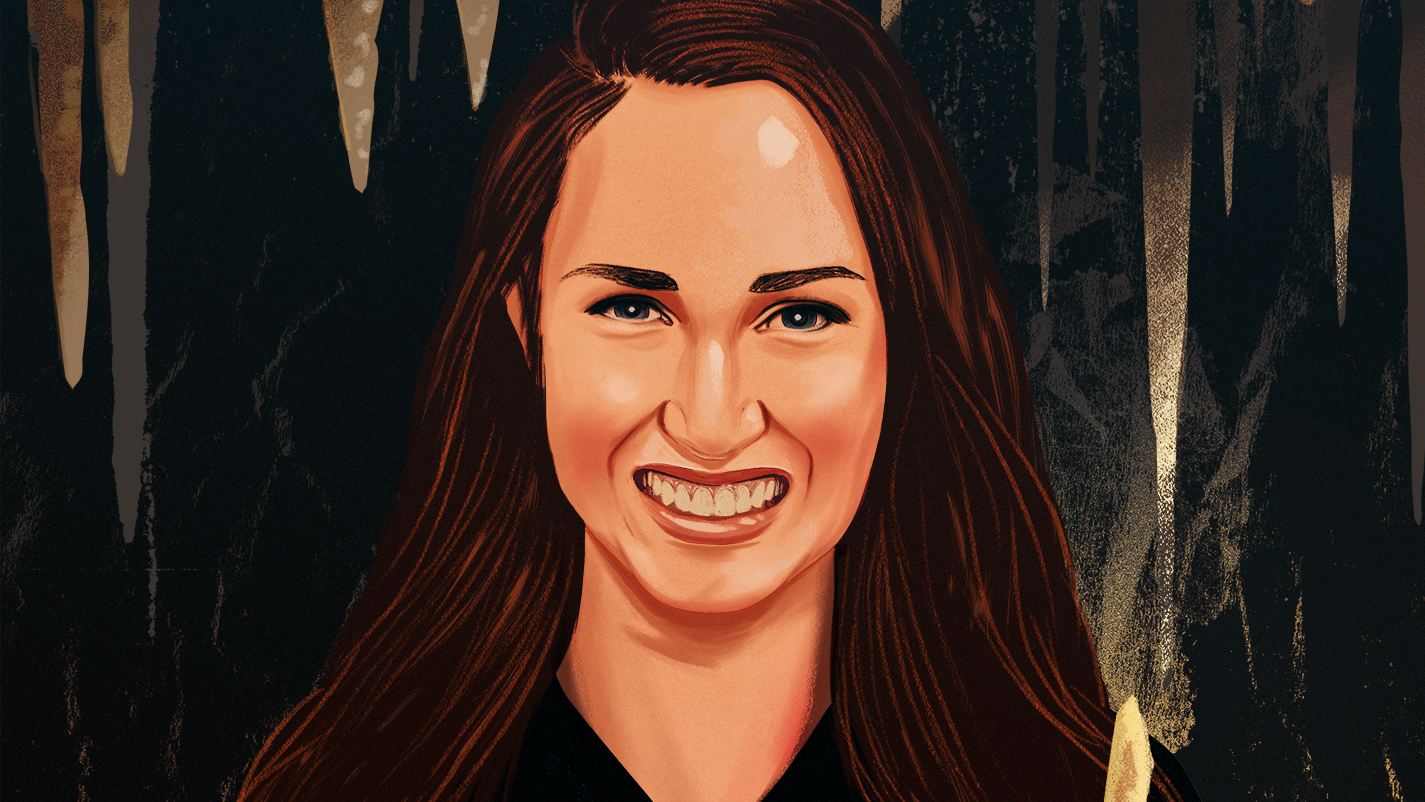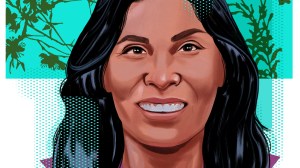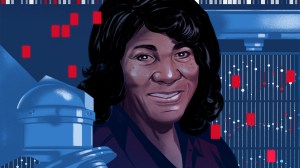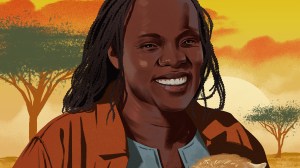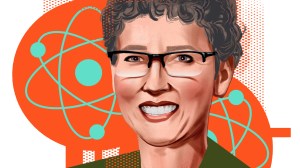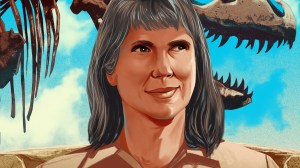In this series
Paleoclimatologist, Washington, DC
Jessica Moerman felt called to join God in ministry but wondered, “How can I serve God’s kingdom by studying geology?”
She found the answer during a freshman-year lecture that explained how the rock record holds evidence of the Earth’s past climate. “I was fascinated that creation had these clues about Earth’s history,” she said.
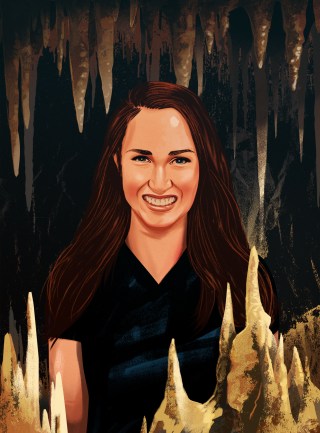
She felt drawn to the missional dimension of climate change. “It’s really the most vulnerable in society that are impacted by global warming, and they contribute to it the least. That’s where those two callings clicked,” said Moerman, who is now a science and technology policy fellow with the AAAS.
Moerman completed postdoctoral studies at the Smithsonian Institution, during which time she obtained sediments from a paleolake in Kenya. She’s also collected stalagmites from caves on the tropical Pacific island of Borneo. “I measure the chemical signatures in each layer and analyze ‘What do patterns look like? How does it match up with other similar records in that region? Or other regions that might be impacted?’
“It’s kind of like reading a page out of the history book,” she said. “We can also use it to answer questions about how and why climate is changing today and will in the future.”
Researchers compare chemical footprints from different samples to computer simulations that are globally shared. “Each of our records is like a pinprick. . . . If you had a map, you could put a pushpin in each. But we need to bring them all together to get the full global picture.
“I love working in these big teams to answer these really big thorny questions where [answers] can only come from people working together,” she said.

